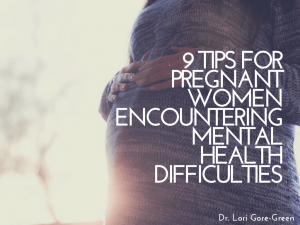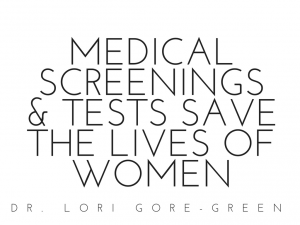 Now that the new year is underway, have you made the commitment to stick to the vaginal health resolutions you created for yourself?
Now that the new year is underway, have you made the commitment to stick to the vaginal health resolutions you created for yourself?
That may seem like a strange question to ask, but it’s important to keep in mind that demonstrating safe hygienic habits, as far as your vagina is concerned, can have a great impact on your overall health. In a quest to take better care of one’s vagina, many engage in somewhat unsafe or risky habits, which could produce some challenging outcomes. For instance, the practice of bleaching, “vaginal facials,” or even waxing has been called into question, as well as seemingly benign actions that might affect one’s pH levels.
With that in mind, there are a number of actions you might elect to do in order to improve your vaginal health. Of course, prior to proceeding with any practice that may affect your health, you’ll need to consult a healthcare professional. With that in mind, read on to learn some of the resolutions you may consider making in the upcoming year:
Vaginal Fitness: Exercising your pelvic floor is important. You bowl, uterus (womb) vagina, and bladder are secured in place by the pelvic floor. Essentially, the ‘wear and tear’ of aging often causes the pelvic floor to weaken. Many women opt to ‘tone’ their pelvic floor after noticing slackening of the pelvic strength due to childbirth, constipation, obesity, and/or pregnancy. The benefits of squeezing in a work out can be numerous, as it can improve bowel and bladder control, reduce incontinence post-childbirth, and increase sensitivity during sex.
How to do this, you may ask? It’s simple. Standing or sitting, position yourself with your knees slightly apart, and clench your pelvic from as if you’re attempting to stifle the passage of urine. Perform ten contractions slowly, and hold for about ten seconds. Also known as kegels, you can perform them each day or up to four times a day.
Don’t Douch: Many women swear by douching, as it rids the vagina of some unpleasant smells, however, it’s important to know that using perfumed soaps or hygiene products is unnecessary. The vagina is already equipped to self-clean, using natural secrets. Good bacteria resides there, and when it is disturbed, many find that this leads to inflammation, vaginosis, irritation, or thrush. Also, it can impact your pH levels. For this reason, choose unperfumed soaps when sudsing up your vaginal area.
Stay Untrimmed: For most, a full pubic mound is a matter of preference, with many opting to keep that area clear of hair. However, did you know that pubic hair can act as a natural barrier to bacteria and viruses, protecting against pathogenic bacteria and dust, and it helps to manage the moisture in the area? Shaving can boost the risk of venereal disease, and it can inflame the residual hair follicles. It’s still absolutely possible to keep tidy, even without shaving.
A few other things you may want to do in the upcoming year is to be sure that you aren’t embarrassed about flatulence (it happens to everyone with a vagina); regularly check your tampon to avoid TSS; don’t ignore abnormal symptoms; seeking a physician’s assistance with extreme period pain; get screen for cervical cancer; use condoms for protection; and learn to love your vagina and treat it with care.
Each vagina and its parts are unique, coming in a variety of shapes and sizes. No matter what, it’s important to avoid risk and visit your doctor whenever you fear an abnormality.








